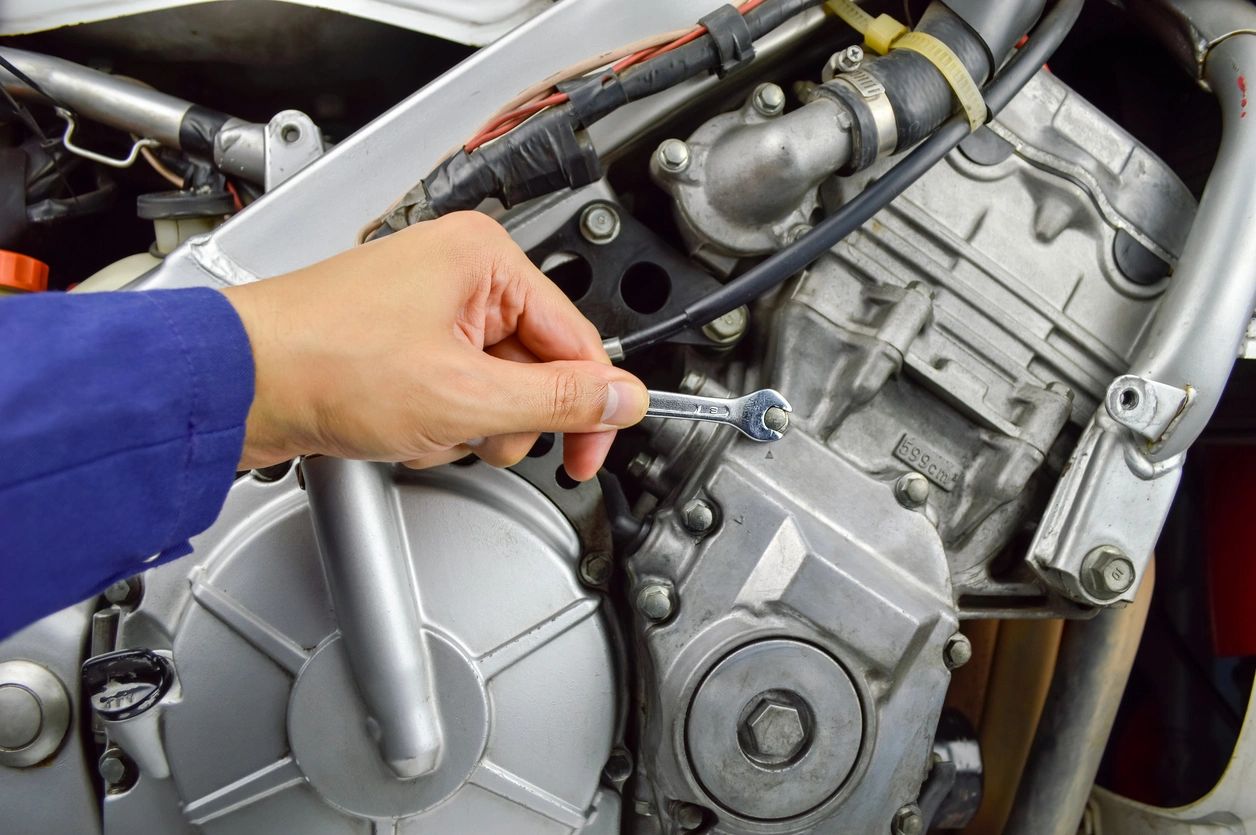Blown fuses in a car’s electrical system are often indicators of underlying issues, such as short circuits, faulty wiring, or excessive power draw from a component. Fuses are designed to protect the electrical system by breaking the circuit when an overload or short occurs, preventing damage to other components and wiring. Here’s a look at common causes and solutions:
Common Causes of Blown Fuses
- Short Circuits
A short circuit happens when a hot wire touches a grounded part of the car, causing a sudden spike in current. This can occur due to damaged or frayed wiring, leading to frequent fuse blows. Shorts are often hidden within the car’s body, so diagnosing them can be challenging. - Faulty or Overloaded Components
If a particular component, like the radio or lights, is drawing more power than the fuse can handle, it may blow. Overloaded components are common with aftermarket parts, such as upgraded audio systems, which often need higher power than the original fuse is rated for. - Moisture and Corrosion
Exposure to moisture can corrode connectors and wires, leading to poor connections that increase the current needed to power components. Water entry points, especially in areas exposed to the elements, can be a frequent source of fuse problems. - Improper Fuse Replacement
Replacing a fuse with one of the wrong amperage can lead to repeated fuse blows. For instance, using a fuse rated for a lower amperage than required can blow under normal operation, while a higher-than-required fuse could cause wiring damage or even fire hazards.
How to Diagnose and Address Blown Fuses
- Identify the Circuit
When a fuse blows, it’s essential to locate the associated circuit and component. Many car fuse boxes include a diagram that shows the purpose of each fuse, helping to isolate the faulty component. - Inspect for Visible Damage
Look for frayed wires, melted insulation, or visible damage around the affected component. These signs can often indicate where a short or poor connection is occurring. - Use a Multimeter
A multimeter can measure continuity and detect whether there’s an electrical short in the wiring or component. Testing continuity across fuses can quickly reveal if there’s a wiring fault in the circuit. - Professional Inspection
If you can’t find the issue, a certified mechanic can perform more in-depth diagnostics, checking the circuit thoroughly and locating hidden issues that might not be easily visible.
Preventing Blown Fuses
Regular maintenance and inspections help prevent blown fuses by identifying issues early. If adding aftermarket accessories, use the correct wiring and ensure components don’t exceed the car’s power limitations. Always replace fuses with the correct amperage to maintain circuit protection.
In summary, blown fuses are a symptom of electrical issues and shouldn’t be ignored. Addressing them promptly keeps your car’s electrical system safe and prevents further complications or costly repairs.



